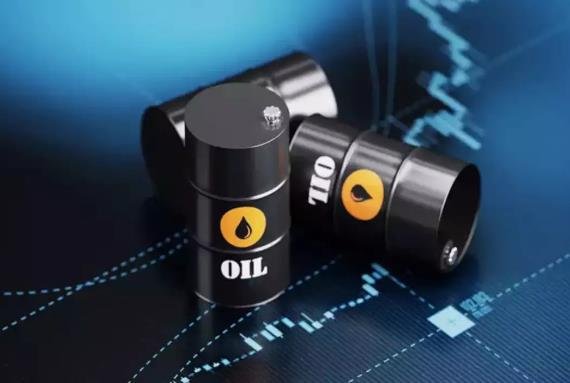Oil prices rose on Monday as global supply is tightening with lower exports from Saudi Arabia and Russia, offsetting nagging concerns about global demand growth amid high interest rates. Brent crude climbed 75 cents to $85.55 a barrel by 0301 GMT, while U.S. West Texas Intermediate crude was at $82.05 a barrel, up 80 cents. The September WTI contract expires on Tuesday and the more active October contract gained 73 cents to $81.39 a barrel.
OPEC+ Cuts and US Stockpiles
Supply is tightening, however, with OPEC+ crude exports set to fall a second month in August, said Stefano Grasso, a senior portfolio manager at 8VantEdge in Singapore, citing preliminary data from shiptracking firm Kpler. “Overall supply is going down, demand is going up,” Grasso said. “Unless there is a recession and demand slows or drops, OPEC+ is in control.”

The Organization of the Petroleum Exporting Countries (OPEC) and allies including Russia, known as OPEC+, have been curbing output since last year to support prices and balance the market. In July, they agreed to increase production by 400,000 barrels per day (bpd) each month from August until the end of the year.
However, some OPEC+ members have been struggling to meet their quotas due to technical issues or sanctions, resulting in lower-than-expected supply. According to Kpler, OPEC+ crude exports are expected to fall by 970,000 bpd in August to 25.8 million bpd, the lowest since January.
Meanwhile, in the United States, the number of operating oil rigs, an early indicator of future output, fell by five to 520 last week, their lowest since March 2022, according to Baker Hughes’ report on Friday. US crude stockpiles also dropped to their lowest since January last week, as refineries boosted output amid strong gasoline demand.
China’s Demand and Economic Woes
The world’s top crude importer is drawing on record inventories amassed earlier this year as Chinese refiners scale back purchases after supply cuts by OPEC+ drove global prices above $80 a barrel. In July, Saudi Arabia’s shipments to China fell 31% from June while Russia, with its discounted crude, remained the Asian giant’s largest supplier, Chinese customs data showed.
However, China’s oil demand is also facing headwinds from its slowing economic growth and rising inflation risks. The country’s factory output and retail sales growth slowed sharply in July, while its property sector is facing a crisis as indebted developer Evergrande Group teeters on the brink of default.
China’s central bank has been tightening monetary policy to rein in inflation and financial risks, which could dampen consumer spending and business investment. The country’s consumer confidence index fell to its lowest level since February 2020 in August, according to a survey by Ant Group.
Outlook and Risks
Despite the demand uncertainties, some analysts expect oil prices to remain supported by the tight physical market and the prospect of a recovery in global fuel consumption as vaccination rates increase and travel restrictions ease.
“We expect Brent prices to average $80 per barrel in Q4 2023 and $75 per barrel in 2023,” said Damien Courvalin, head of energy research at Goldman Sachs. “We see risks skewed to the upside into year-end as we expect inventories will continue to decline.”
However, there are also downside risks for oil prices, such as the resurgence of COVID-19 cases due to the Delta variant, which could lead to renewed lockdowns and travel bans in some countries. Another risk is the potential return of Iranian oil exports if Tehran and Washington revive their nuclear deal.
Iran has been holding talks with world powers since April to revive the 2015 agreement that lifted sanctions on its oil sector in exchange for curbs on its nuclear program. However, the talks have stalled since June and no date has been set for their resumption.
Iran has said it could boost its oil production by up to 2 million bpd within months if sanctions are lifted. However, some analysts doubt that Iran can achieve such a rapid increase given its aging oil fields and lack of investment.
